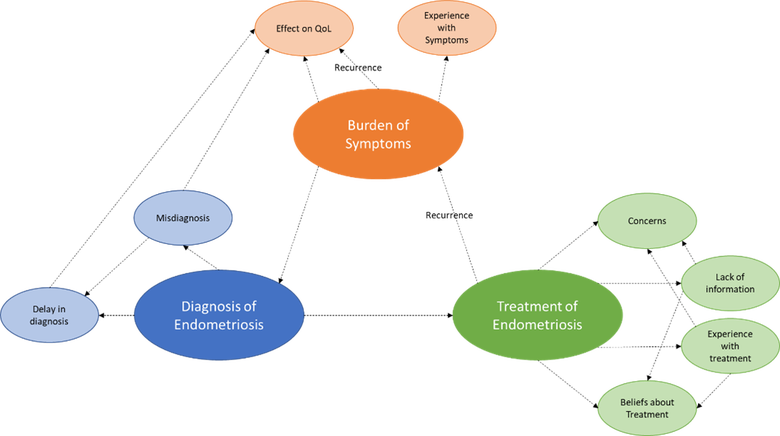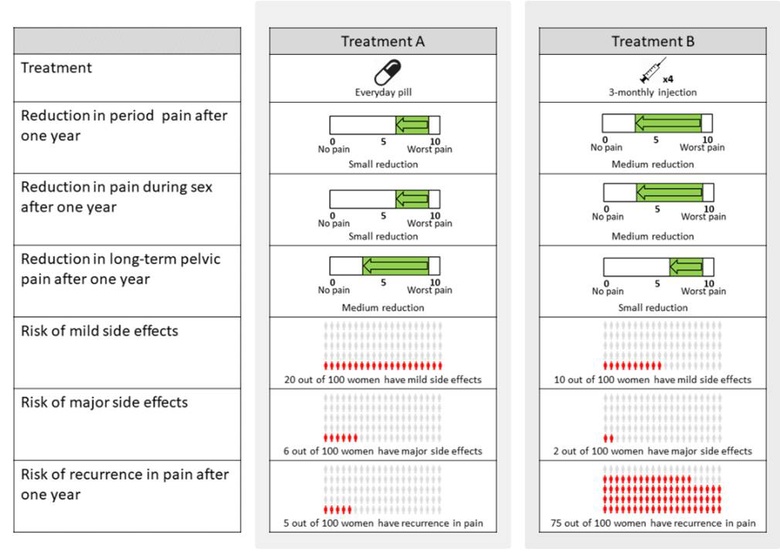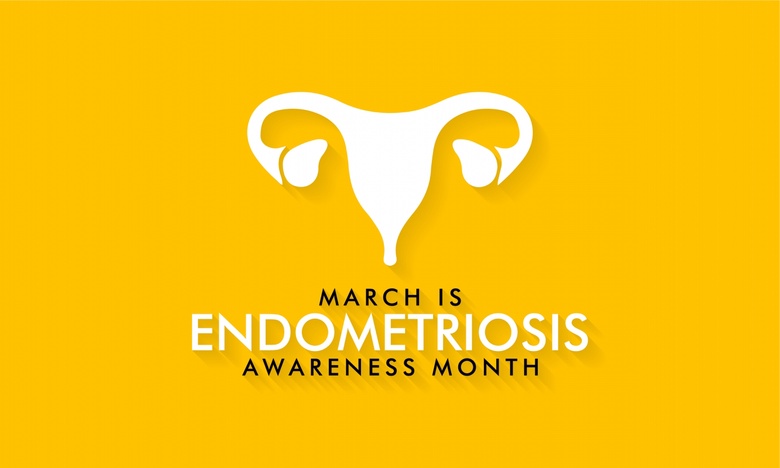What is endometriosis?
Endometriosis is a condition where the cells lining the uterus grow elsewhere in the body. These cells react in the same way as the cells in the uterus, where they build up, break down and bleed. Endometriosis affects 1 in 10 women in the UK, making it as common as Diabetes. Despite this, there is a lack of awareness of the condition. The average time to diagnosis is seven and a half years. Causes for this delay include dismissal of the symptoms by clinicians, as well as misdiagnosis.
Endometriosis can have a significant impact on the quality of a woman’s life. Women with endometriosis often report chronic or severe pain and fatigue. The condition can also significantly affect physical, sexual, psychological, and social aspects of a woman’s life.
Treatment options
Currently, the ‘gold standard’ for the diagnosis of endometriosis is laparoscopic or keyhole surgery. This type of surgery to treat endometriosis provides many women with relief from the pain. However, up to 50% of women experience a recurrence in symptoms within five years of surgery.
At this point, the guidelines for treatment are unclear. Women can choose to manage the pain using medication (pain killers or hormonal medication) or choose to undergo repeat surgery (keyhole surgery or, in some cases, hysterectomy). The lack of guidelines provides a unique opportunity for patient preferences to guide the treatment choice. In doing so, healthcare providers can ensure that patients receive the treatment they value most.
Our study
We designed a Discrete Choice Experiment (DCE) to measure the trade-offs that women make when choosing treatment for recurrent endometriosis. This HERU video explains what DCEs are. To develop the DCE, we conducted in-depth interviews with women with recurrent endometriosis. Our analysis revealed three main themes – burden of symptoms, diagnosis of endometriosis and treatment of endometriosis. The themes and subthemes are represented on the chart below:
Figure 1: Patient preference themes

The themes and sub-themes were used to develop choice scenarios, or choice tasks, for the DCE. The choice tasks can reveal people's preferences. A sample choice task is shown below.
Figure 2: Which treatment would you choose? A sample DCE choice task.

Patient's treatment preferences
The results of the DCE indicated keyhole surgery was the most preferred type of treatment, followed by contraceptive pills. Among the risk attributes, women were most worried about the risk of recurrence in pain. The most valued benefit of treatment was the reduction in chronic pelvic pain. Preferences for different treatment attributes also showed a wide degree of variation, suggesting a one-size-fits-all approach may not suit all women with recurrent endometriosis.
The results of the interviews and the DCE suggest that healthcare professionals should spend time trying to understand women’s preferences for treatment of recurrent endometriosis. In doing so, they can ensure that patients receive the treatment that they value most.
Endometroisis Awareness Month
We've posted this Blog post to mark Endometroisis Awareness Month. Throughout March Endometriosis UK stage a series of events and intiatives to raise awareness of the condition.

Our Blog post highlights the research of HERU PhD student Divya Mohan. Within the context of endometriosis care and treatment, Divya is examining the effect of incorporating preference heterogeneity into the economic evaluation of health care interventions. Her work also looks at how policy recommendations might differ from those based on traditional evaluation methods. Her thesis will examine if this could lead to a more beneficial and efficient allocation of healthcare resources.
Many thanks to Divya for her work developing this blog post.

HERU is supported by the Chief Scientist Office (CSO) of the Scottish Government Health and Social Care Directorates (SGHSC). The views expressed here are those of the Unit and not necessarily those of the CSO.


